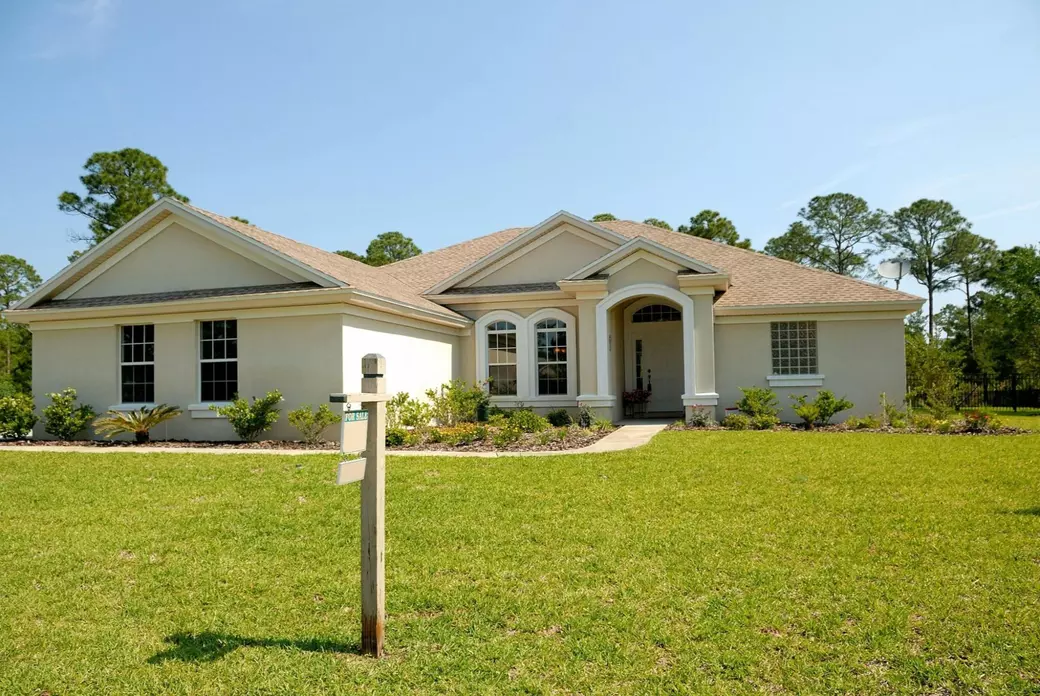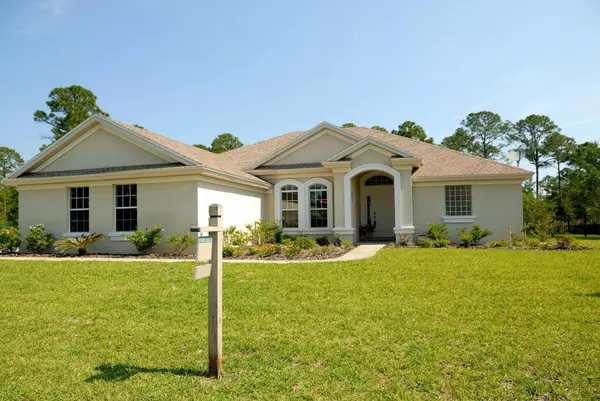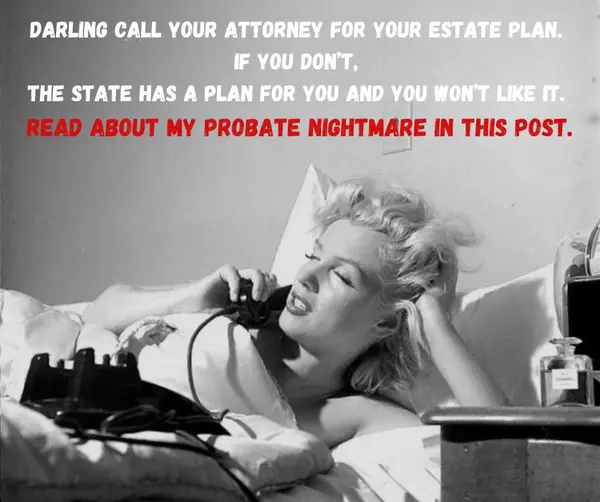Mastering the BRRRR Strategy: A Guide for Real Estate Investors

The BRRRR strategy—Buy, Rehab, Rent, Refinance, Repeat—has gained popularity among real estate investors looking to build long-term wealth. By acquiring undervalued properties, making strategic upgrades, and leveraging financing to scale investments, you can create a sustainable and profitable portfolio. However, to make this strategy work effectively, you need to approach each step with careful planning and execution.
Finding a Profitable Property
Not every cheap home is a good BRRRR candidate. The key is to find a property priced below market value with strong rental potential and room for appreciation. Start by researching areas with high demand for rentals, low crime rates, and proximity to schools, public transportation, and job centers. Look at comparable properties to understand their after-repair value (ARV) and calculate whether your expected renovation costs and rental income justify the investment. A good rule of thumb is the 70% rule—your total purchase and rehab costs should not exceed 70% of the ARV.
Streamlining Organization with Digital Document Management
Keeping track of important documents can be overwhelming, but digitizing paper records allows you to easily keep everything in one file, and you can seamlessly add pages to your PDFs using an online tool. Whether you're managing contracts, receipts, or personal paperwork, storing them digitally ensures quick access and eliminates clutter. A free online PDF tool also enables you to reorder, delete, and rotate pages, giving you complete control over document organization. Inserting pages into PDFs makes it simple to update records as new information becomes available, keeping everything neatly structured and easily retrievable.
Types of Properties to Avoid
While distressed properties can be ideal for BRRRR, some come with risks that could derail your investment. Avoid homes with structural issues, foundation problems, or major zoning violations, as they can quickly drain your budget and timeline. Properties in declining neighborhoods with high vacancy rates and crime can make it difficult to find tenants and secure refinancing later. Similarly, historic homes with strict renovation regulations can lead to unexpected delays and costs, making them a poor choice for a fast-moving BRRRR strategy.
Protecting Your Investment with a Home Warranty
A home warranty is a smart way to safeguard your investment by covering unexpected repair costs and ensuring your property remains in top condition. Investing in coverage that extends to appliance repairs in case of breakdowns can save you from costly replacements and unexpected expenses. When choosing a plan, look for home warranty appliance coverage that also includes the removal of defective equipment and protects against breakdowns caused by improper installations or past repairs.
Rehabbing for Maximum Value
Your rehab should focus on upgrades that boost property value and attract tenants without overcapitalization. Prioritize renovations that improve curb appeal, such as fresh paint, new landscaping, and modernized entryways. Inside, focus on kitchen and bathroom updates, as these areas have the highest return on investment. Durable flooring, energy-efficient appliances, and modern lighting make the property more attractive while keeping maintenance costs low.
Forming an LLC for Your Real Estate Business
Creating a limited liability company (LLC) for your real estate business provides legal protection, tax benefits, and a professional structure for managing your investments. An LLC shields your personal assets from lawsuits or debts related to your rental properties, reducing financial risk. If you plan to register as an LLC in California, you can save on LLC registration by self-filing or using a highly rated online formation service to streamline the process. Beyond liability protection, an LLC may also offer tax advantages, such as pass-through taxation, making it a valuable tool for growing your real estate portfolio efficiently.
Finding Reliable Tenants
Once the rehab is complete, securing the right tenants is critical to maintaining steady cash flow. Start by marketing your property on multiple rental platforms and screening applicants thoroughly. Check credit scores, employment history, and past rental references to identify reliable renters who will pay on time and take care of the property. Consider offering small incentives, such as a rent discount for tenants who sign a longer lease.
Refinancing the Right Way
To complete the BRRRR cycle, you’ll need to refinance your property and pull out as much of your initial investment as possible. A cash-out refinance allows you to replace your short-term financing with a long-term mortgage while recovering funds for your next deal. Lenders typically require at least six months of ownership and a strong rental history before approving a refinance. Keep your credit score in good standing, as better rates can save you thousands over the life of the loan.
Scaling Your BRRRR Portfolio
Once you've refinanced, it’s time to repeat the process with your next property. Use the funds from refinancing as your down payment on a new deal, and apply the lessons from your first BRRRR investment to improve efficiency. Consider building relationships with contractors, wholesalers, and lenders to streamline acquisitions and renovations. As you grow your portfolio, focus on optimizing property management to reduce vacancies and expenses.
By executing each step of the BRRRR strategy with careful planning, you can turn distressed properties into cash-flowing assets while continuously reinvesting in new opportunities. With patience and persistence, this method can create a powerful and scalable real estate business.
Discover the secrets of real estate success and avoid costly probate mistakes by visiting John Matukas today!
Categories
Recent Posts











